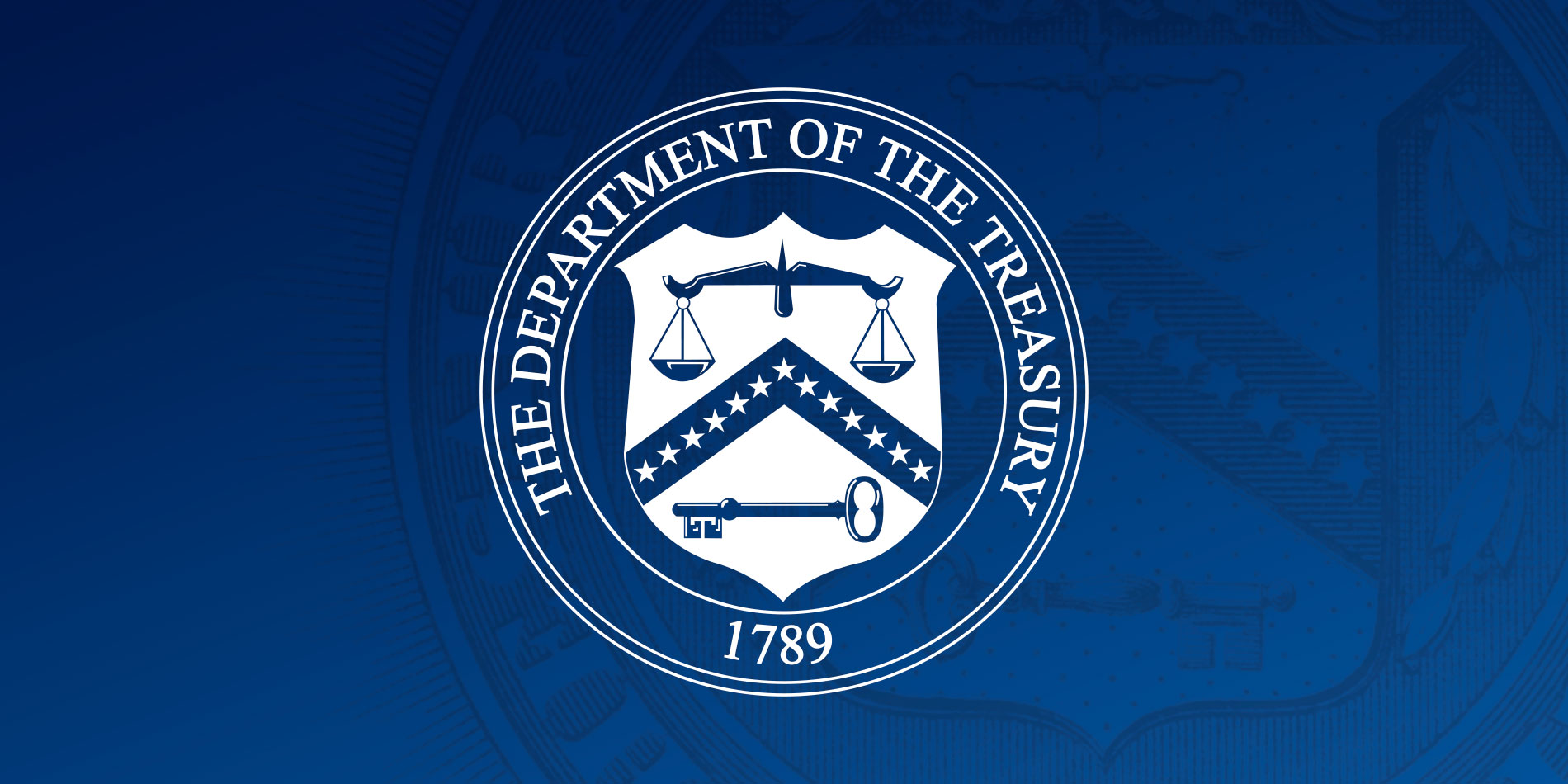Guidance to clarify underlying Investment Tax Credit critical for companies planning clean energy projects
WASHINGTON —Today, the U.S. Department of the Treasury and Internal Revenue Service (IRS) released guidance on the Investment Tax Credit (ITC) under Section 48 of Internal Revenue Code to spur the investment boom ushered in by President Biden’s Inflation Reduction Act. Today’s guidance provides the private sector with additional clarity and certainty in making investment decisions for clean energy projects. Given the new and expanded incentives created by the Inflation Reduction Act, this clarity is critical as companies secure financing for clean energy projects, create good-paying jobs in communities across the United States, and strengthen our nation’s energy security.
“To continue the investment and jobs boom created by the Inflation Reduction Act, Treasury has focused on providing companies with clarity and certainty needed to secure financing and advance clean energy projects nationwide” said Deputy Secretary of the Treasury Wally Adeyemo. “Today’s guidance provides clarity for offshore wind and battery storage projects, as well as small scale projects that need to connect to the grid. Ensuring these projects can move forward efficiently is key to creating good-paying clean energy jobs and lowering Americans’ utility bills.”
“The Inflation Reduction Act has already fueled a clean energy investment boom in America,” said John Podesta, Senior Advisor to the President for Clean Energy Innovation and Implementation. “Today’s guidance from Treasury on the Investment Tax Credit gives clean energy developers even more clarity and confidence to continue their momentum.”
The Notice of Proposed Rulemaking (NPRM) provides clarity around the eligibility of power conditioning and transfer equipment like subsea export cables used in offshore wind projects, as well as certain power conditioning equipment located in onshore substations.
The NPRM also includes proposed rules around the eligibility of standalone battery storage for the ITC. This reflects a critical provision in the Inflation Reduction Act to help support the development of utility-scale, long-duration energy storage, which is vital to ensuring reliability as utilities transition to renewable sources like wind and solar.
Additionally, the NPRM includes proposed rules around the inclusion of costs of interconnection-related property for lower-output clean energy installations, including the costs of upgrades to local transmission and distribution networks that are necessary to connect the clean energy. These modifications reflect another critical change in the Inflation Reduction Act, with the goal of reducing the costs and avoiding delays for new, smaller clean energy installations to connect to the grid and start producing power.
Lastly, the NPRM proposes updates to a range of other technical definitions and rules that will further support clarity and certainty for clean energy project developers.
Treasury and the IRS will accept comments on the NPRM for 60 days and will carefully consider all comments as part of the rulemaking process.
For a full list of the Treasury Department’s work to implement the Inflation Reduction Act, see below:
November 4, 2022: READOUT: Stakeholder Roundtable on Clean Vehicles and the Inflation Reduction Act
November 29, 2022: Treasury Announces Guidance on Inflation Reduction Act’s Strong Labor Protections
December 12, 2022: Treasury and IRS set out procedures for manufacturers, sellers of clean vehicles
December 19, 2022: Treasury, IRS issue guidance on new Sustainable Aviation Fuel Credit
April 4, 2023: Treasury Releases Guidance to Drive Investment to Coal Communities
May 12, 2023: Treasury Department Releases Guidance to Boost American Clean Energy Manufacturing
August 4, 2023: Home energy audits may qualify for an Energy Efficient Home Improvement Credit
###
Official news published at https://home.treasury.gov/news/press-releases/jy1920


